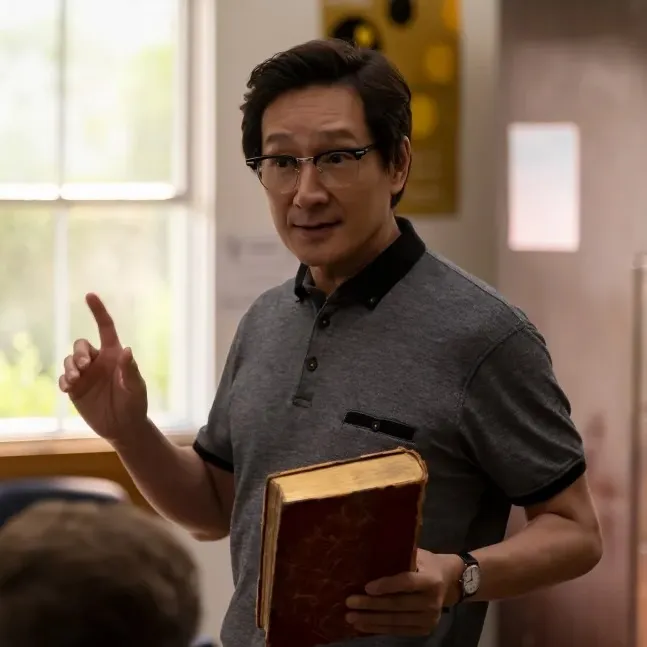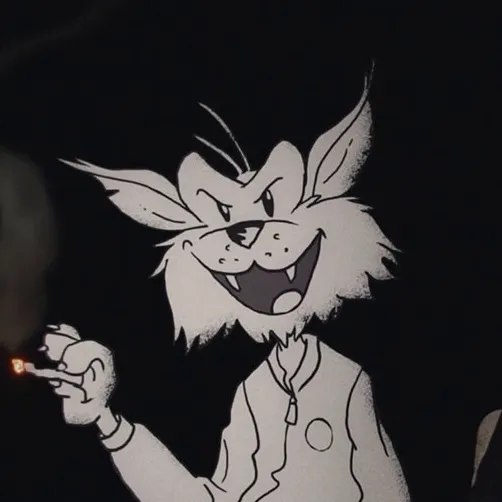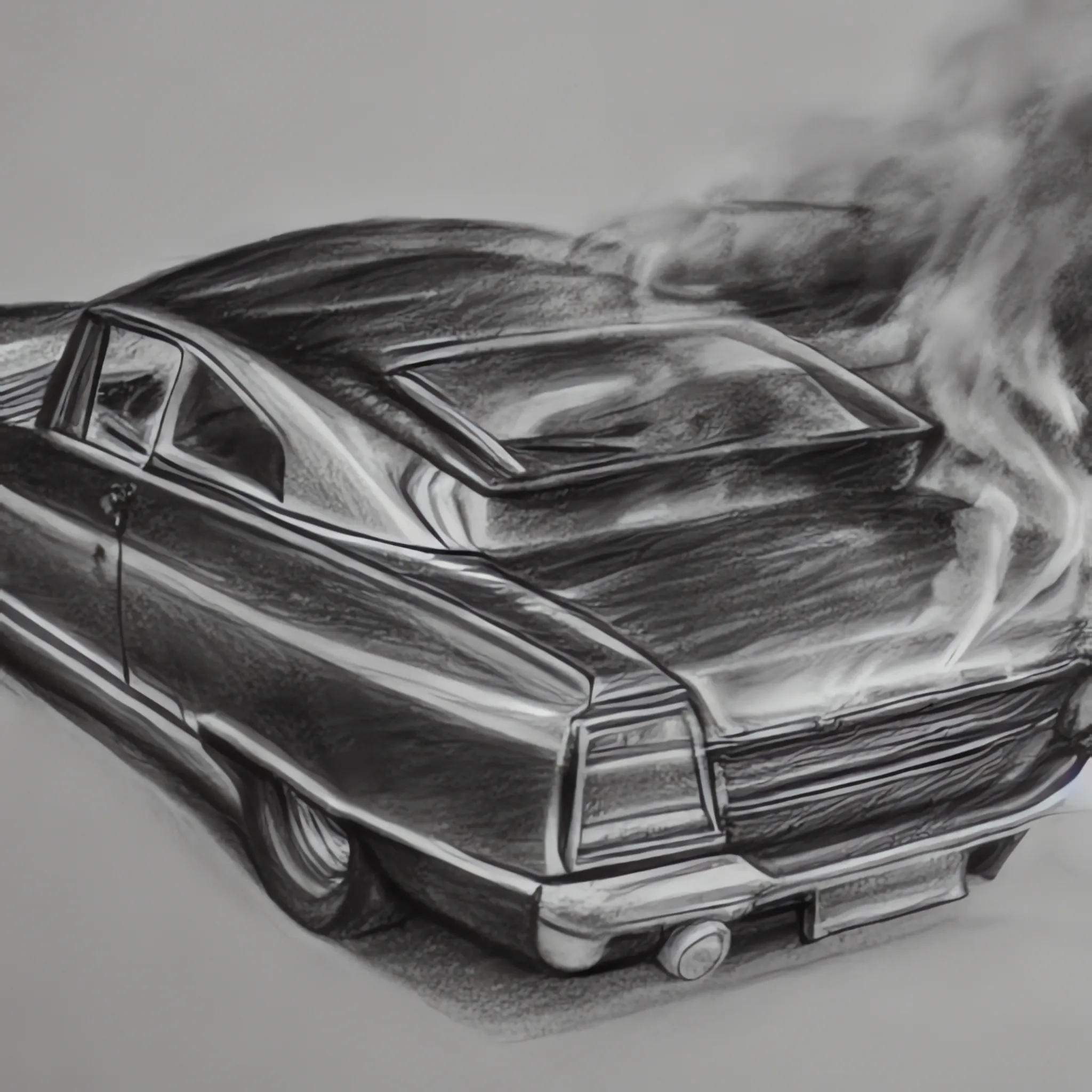Biopics work best for me when I know nothing about their subject. Such was the case for The Iron Claw, which tells the story of the Von Erich family of pro wrestlers. The film is well-directed and well-acted, and I was sucked into wanting to know what happens next. The amount of tragedy that the family endured is almost unbelievable. However, I have to say that it left little emotional impact on me. I should have been bawling throughout the film, but I wasn’t.
We just finished watching the three seasons of this Toronto-based show about a gender-fluid person. The show started off more as a comedy in its first season, and I felt that it shifted more towards drama as it progressed. I respect the show for not giving into the temptation to follow the typical rom-com happy-ending route. The main character Sabi is defined by their feelings of not knowing where they belong, and I think it’s fair to say that they’re not ready at this stage in their life to be in a long-term relationship.
The plotting maybe relied a bit too much on big shocking events, and didn’t give the characters enough time to process them before moving onto the next twist. You could say that it’s true to life, but I would have liked to see more falling action to balance out the escalations. Still, the show is a valuable lesson in empathy for people who are different.
I hold The Social Network in high esteem as one of my favourite movies, and so it’s high praise when I say that BlackBerry belongs in the same conversation.
I remember when “The Facebook Movie” came out, it was criticized for its factual inaccuracy, especially because it depicts such recent events. BlackBerry, I suppose, will be immune to this criticism because there’s no mistake that the characters are exaggerated caricactures. The movie is way funnier than I expected it to be.
Also enjoyable are the local references, e.g. Ontario license plates, Shoppers Drug Mart, Tim Horton’s. There’s even a quick shot of someone paying with a 20 CAD bill with the old design that I haven’t seen in real life for years.
A short novella that you can read in one sitting, but may be worth savouring over a few quiet evenings. The story tells of a young girl whose overwhelmed parents drop her off with another couple for the summer. The setup is inherently sad, and the feeling of being unwanted is always hanging there, even though it’s not spoken.
There’s also a sense of timelessness about the setting; there’s no specific mention of when the story occurs. There’s no obvious references to cellphones or present-day technology, but you could believe that it’s happening now.
I admit I found it a bit slow at times, but the devastating final lines really grabbed me and made me want to read it again someday.
If you’ve got both Michelle Yeoh and Ke Huy Quan in the cast, I’m going to watch it.
Yeoh gets some cool fight scenes as the Goddess Guanyin, and the action choreography in general is pretty good in this show, which transplants the mythology of Journey to the West into a high school setting.
Quan’s role as a former TV sitcom star is a bit odd… his character is completely unrelated to the plot, and he never meets any of the main characters. It serves only as a commentary on Asian representation in media, which is an important message, but quite distracting because of how disconnected it is.
Me, after first book: The two POV characters are too similar, just a couple of dudey dudes.
Second book: More POV characters, some of them women. But they still all kind of act like dudey dudes.
Me, after second book: Better, but a bit short on ideas and thematic resonance.
Third book: Here’s a new character! A pastor, whose job it is to talk about the philosophical implications of discovering alien life. But she ends up saving the day in a drug-addled action scene.
I preferred the second book to this one. The attempts to bring more philosophical discussion into the mix felt underdeveloped, in favour of a final action sequence that lasts way too long, in my opinion.
Still, onto the next!
I enjoyed watching this Norwegian drama, and was moved to see how a romantic relationship can evolve and still have meaning even after it ends. One standout scene is when the main character Julie crashes a party and meets Eivind, and the two flirt in escalating ways while making sure that they don’t cross the line into cheating on their respective partners.
In hindsight though, I found Julie to be empty as a character (through no fault of Renate Reinsve’s charismatic performance). I get that she’s meant to be indecisive, and doesn’t know what she wants, but that idea could have been explored. She only doesn’t know what she wants given the limited set of choices that modern society presents her; but I believe that everybody wants something… it’s the spaces between the choices that make a person. Case in point, the Aksel character—who seems to be a surrogate for the writer/director, since he’s all about making art—gets plenty of introspective moments. Why not give these moments to the main character?
For the first half of this movie, I couldn’t help comparing it to Carol. They share the dynamic of a young, shy woman being attracted to an older, more glamourous and confident woman. But for me, Eileen felt like a lesser version; its dialogue is somewhat shallow and obvious, lacking in mystery.
It turns out that the film is more of a thriller than it sets itself up as. I won’t spoil it, but it goes to an intense and uncomfortable place. While it succeeds in setting the movie apart, I didn’t feel like there was much depth to the story overall.
I watched this show to prepare before seeing the musical Six. The first season is quite slow, but I think the show finds its rhythm in Season 2, once Anne Boleyn becomes queen. There’s also a noticeable increase in production quality in Seasons 3 and 4, as the show grows beyond interior sets and into castle courtyards and battlefields.
With historical dramas, there’s a tradeoff between being factually accurate and giving the audience compelling emotional stakes. I think this show skews more towards the former; I know it’s not 100% accurate, but there’s still a connect-the-dots feeling that the show is covering the important dates at the cost of character development.
I don’t think there’s much insight into the mind of Henry VIII himself. He seems to be ruled by his hormones more than anything else. The most interesting character turns out to be Henry Cavill’s Charles Brandon. I found it compelling that he’s conflicted by his relationship to the King; he’s loyal, but recognizes the harm of the Henry’s cruel tendencies. Cavill’s performance is subtle and charismatic. Seeing this, it doesn’t surprise me that he was the biggest star to come out of this cast.
A non-narrative documentary in the vein of Koyaanisqatsi and Baraka. Ascension doesn’t quite reach those heights; what’s missing for me is the music, which is key for “vibes” films like these.
I appreciated the film’s look at China’s working class. For the most part, the goal that these people are trying to ascend towards—wealth—remains an invisible spectre that hangs over them. You don’t see the bosses that they’re trying to please by taking smiling lessons; you don’t see the VIPs that they’re training as bodyguards to protect; you don’t see who they’re constructing the sex dolls for.
I almost wish that the film that kept that limited perspective for the entire runtime, but we do see a fancy dinner with those who have ascended all the way to the top. But for them, there is a higher goal: they seem preoccupied with the Western influences of the table settings and glassware. Is the Chinese Dream really worth chasing if it just leads you into the same materialistic folly as the American Dream?










